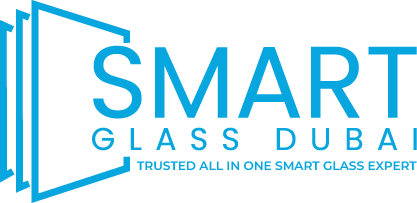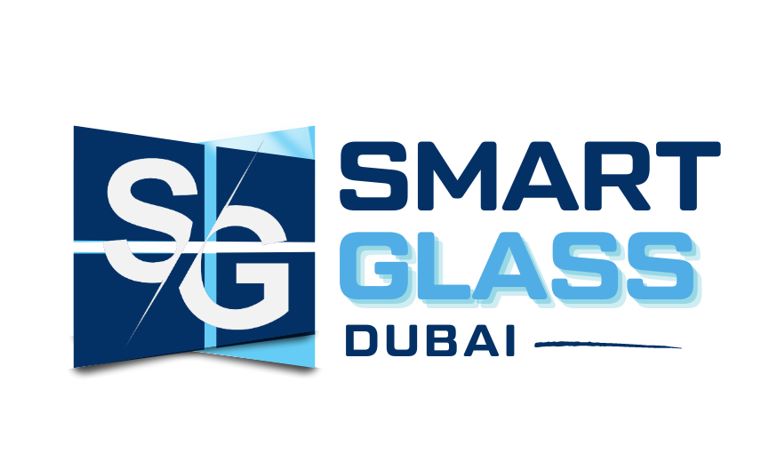Introduction
Switchable tinting glass can also be called smart glass, thereby giving way to a great leap in building materials and energy efficiency. This technology allows glass-made windows to promote transparency or opacity as the right measure that affords space to have dynamic control over light and heat transfer. Here, the change in tint is triggered by an electrical current or temperature change, specifically thermotropic subsequently its application critical matters with regard to the benefits and factors for consideration in using the technology.
How Smart glass Works
A specialized coating or film in the glass technology is what the smart glass revolves around. Two principal stated types of technologies today make this happen:
Electrochromic Glass: The low voltage applied to this type of smart glass causes it to switch characteristics from being clear to being opaque. An electrical current change the distribution of ions in the alignment of the glass, which makes it go from clear to being opaque. The third well-identified use for electrochromic glass points to its energy efficiency and smooth, gradual transition between the states.
Thermochromic Glass: This also alters properties but in reaction to temperatures. When ambient temperatures heat up, it tints the glass, hence reducing heat gain into the building. This makes it even more passive than electrochromic glass, which requires an external power system.
Both these types of smart glass can fit different needs. Which one of them to use strictly depends on the needs of the certain building or space.
Uses of the smart glass
The smart glass is a versatile material in applications, and some of the applications include:
Residential building: this can be in windows, skylights, and even glass doors throughout a house or in other residential places. It provides the user with privacy on demand, reduces glare, and adjusts the penetration of daylight; thus, it assures the user some level of comfort and saves energy.
Commercial Buildings: Office spaces, the conference rooms and lobbies, when installed with smart glass, make a great idea to use for the creation of flexible space where privacy, lighting control, and temperature control adapt to requirements to enhance functionality and aesthetics for better interaction in the workspace.
Healthcare: In hospitals and clinics, smart glass could be installed in patient rooms and patient observation areas. It can help in creating the lighting environment right for a particular activity, making the patient’s stay comfortable and reducing the requirement of curtains or blinds, which often act as mediators of germs within healthcare spaces.
Automotive: In addition, the use of such smart glass has spread to the automotive industry. This glass can be seen mainly in the sunroofs, side windows, and rear windows of the vehicle and aims to control the distractions of glares and heat due to sun exposure, for passenger comfort inside the vehicle.
Advantages of Smart glass
Energy Efficiency: This glass helps to avoid overuse of air conditioning and artificial lighting by cont
There are several major advantages to the use of smart glass:rolling incoming sunshine and heat. It simply results in energy saving and hence low bills for utility. Privacy on Demand: Switchable from clear to opaque, keeping in need for privacy in mind, makes the application a great match for conference rooms, bathrooms, and bedrooms.
Aesthetic Appeal: lends a modern, chic feels to any space. There’s a coolly stylish look that radiates from being able to manage light in a given space.
Protection from UV: can screen out harmful ultraviolet (UV) rays, saving furniture, flooring, and people within buildings from the ravages of UV.
Key Areas of Application
Smart glass has key applications in the following areas:
Cost: The up-front expense for smart glass is more than conventional glass. Over time, energy savings and other advantages typically offset this extra expense.
Installation: Smart glass should be properly installed for optimal performance. A professional with experience in the technology is usually best suited to the installation.
Maintenance: Again, on the flip side of the arguments, it would be of so much importance to consider durability and the life span of the smart glass. Cleanliness was overemphasized together with regular inspections to get the best out of its performance.
Conclusion
The technology of smart glass revolutionizes our perception of windows and building design. The capability to improve energy efficiency and saving in the glass, enhance privacy, and contribute to the design of a building is a good value to the modern architecture of structures. The use of smart glass in homes, offices, and vehicles has unlimited possibilities for futuristic intelligent sustainable living. We can expect far greater innovations and improvements in this already marvelous field as core technology satisfaction is obtained.


